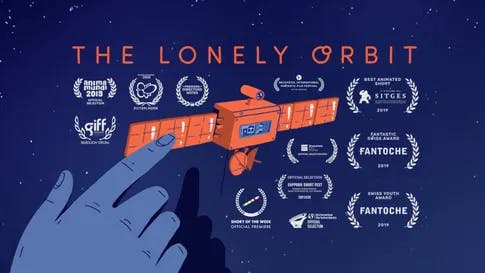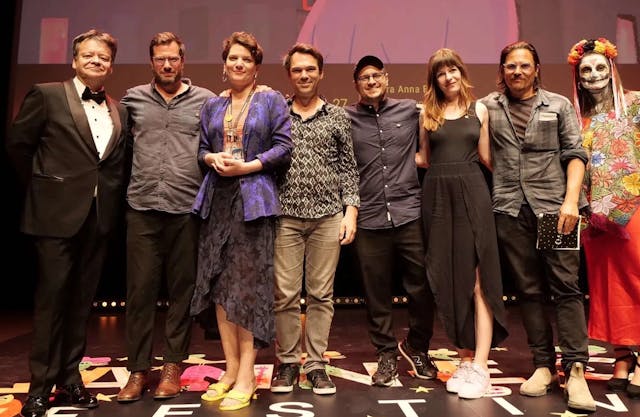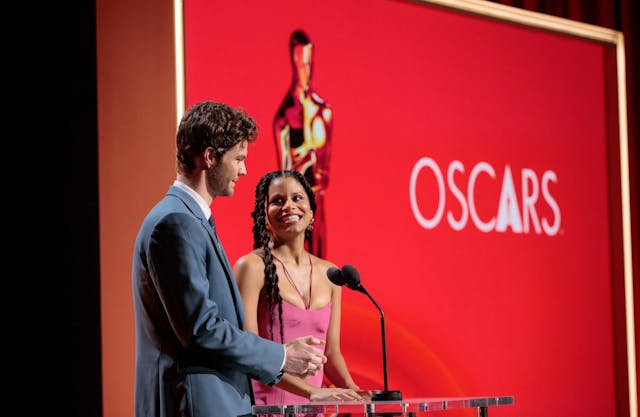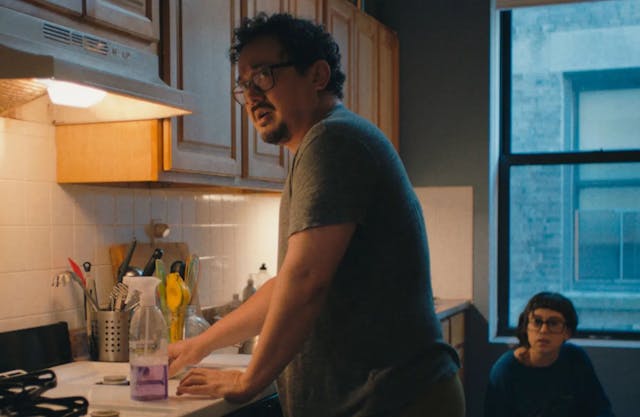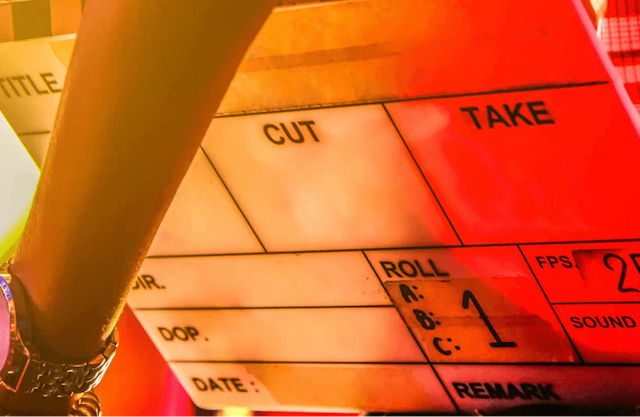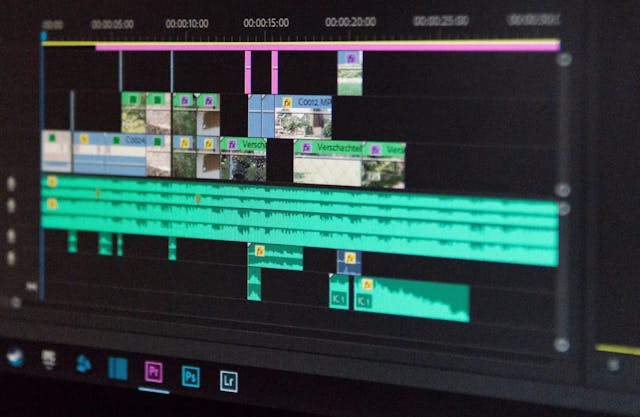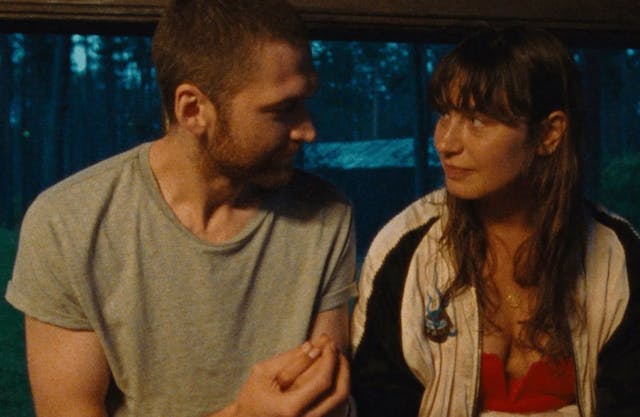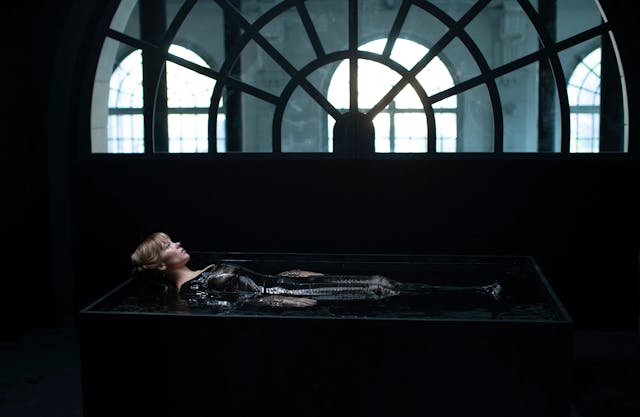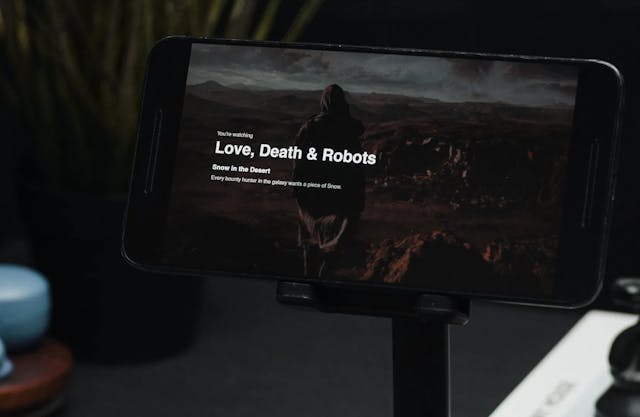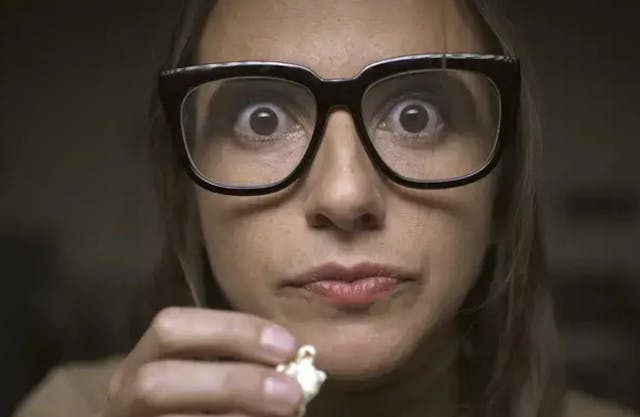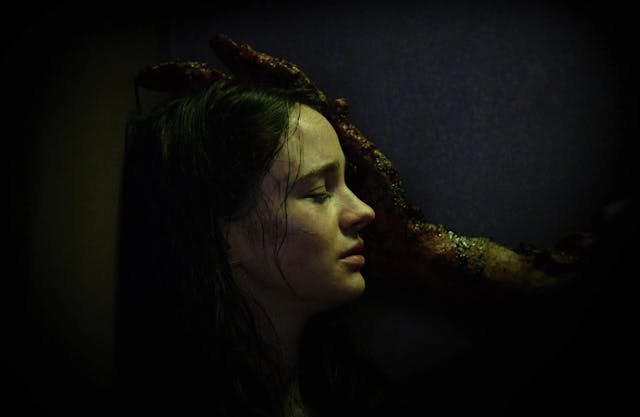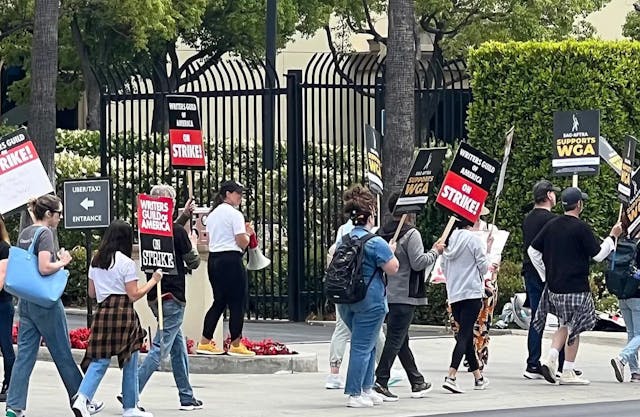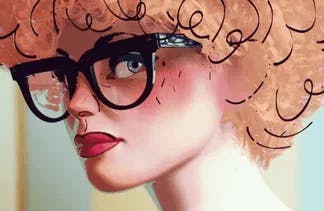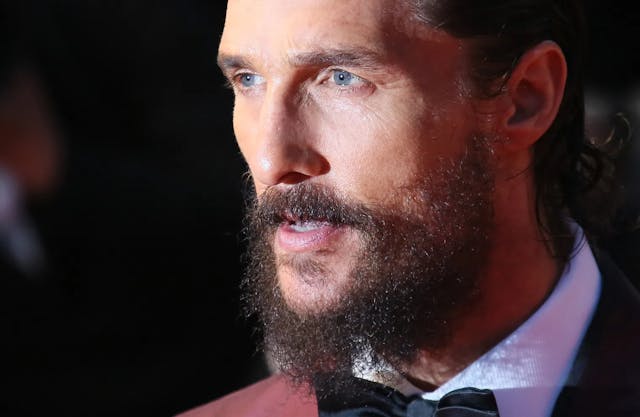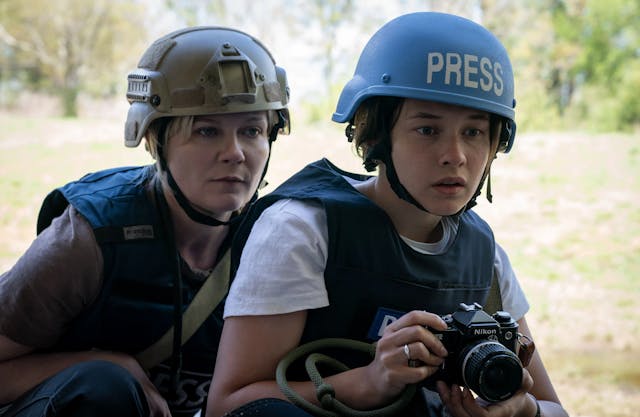Animated Indie Movies In Space: Siegel & Morard's "The Lonely Orbit"
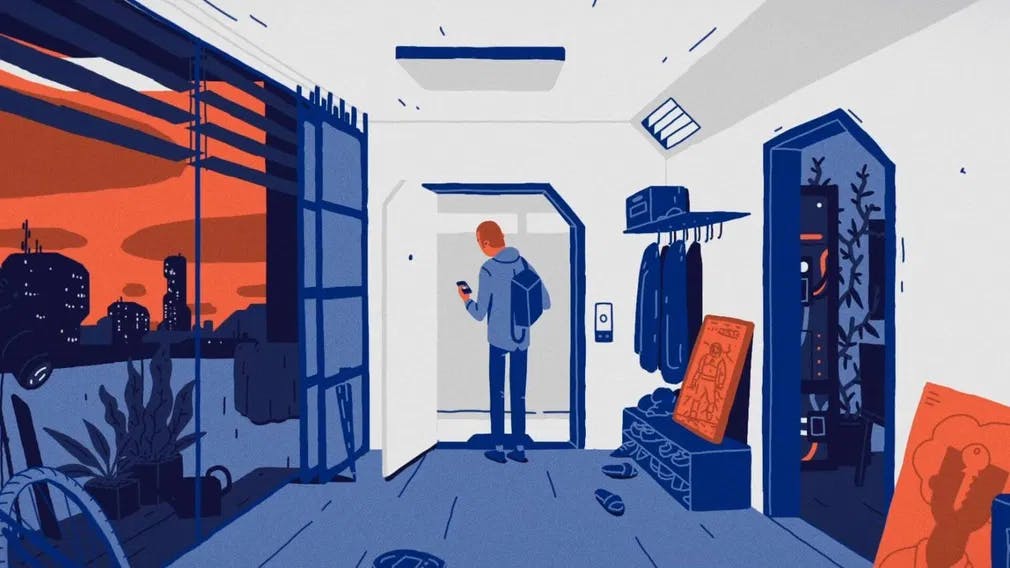
Low budget movies don't get more indie than animated shorts, but ingenuity goes a long way in this medium. Space-age design and XXI-century emotionality meet in The Lonely Orbit, and it looks like a million bucks. Team Tumult, a Switzerland-based creative collective, is behind this award-winning animated short now streaming on Popflick.
The protagonist is an earth-bound desk jockey, a young man who controls one of the many satellites that orbit our planet, linking human beings together in an invisible network. Virtual connection is no substitute for physical proximity. Although he takes advantage of the technology, the man is easily distracted and makes a mistake that imperils the integrity of the machine and his career. Most surprisingly, when the network comes down, the satellite is just as affected as the human, if not more.
Frederic Siegel and Benjamin Morard directed The Lonely Orbit together. They took some time off from prep work on a new project to talk with Popflick about their warm sci-fi reverie.
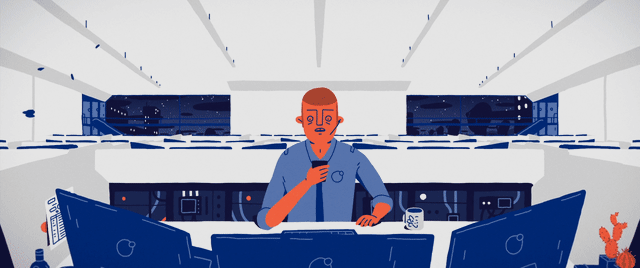
Popflick: How did The Lonely Orbit start?
Frederic Siegel: The idea came to me after finishing my studies at school. And it was about feeling a bit lonely. You get used to being around so many people all the time, having your tight group of friends around and working together, and being in the same place. And then, you get out of school, and suddenly, you do not have this anymore. Then, you have to work hard to keep these connections alive.
Popflick: You live and work in Switzerland. How do you guys manage to get financing for something like this?
Frederic Siegel: There are a few funding organizations, like Swiss TV, and we have national funding. Each county manages them. Getting the funds entails the most work. We worked for two or three years on it. We have to make a dossier, write the synopsis, define who we want to work with, and storyboard. And then you send it to the organizations, and you wait and hope they will like it. We had to send it two times!
Popflick: With a state-sponsored system that allows you to work, you are not at the mercy of the market.
Benjamin Morard: Exactly. You do not have to generate revenue with the film if you get the funds. That is very important for short films. They are the place to try out new concepts and write new forms of visual storytelling; sometimes, it will not make enough money to pay for everything. So, this state-funded cultural film support is the only way to get enough money to work at this level. It is possible to make shorter and smaller projects without any funding, but at this length and with this production value, it would not work. You would have to invest too much time.
Popflick: Benjamin, how does the dynamic between the two directors work?
Benjamin Morard: Well, in the early phase, when it was about developing the script, it was mostly Freddy who wrote the story beats. He would constantly pitch them to me. I would play the devil's advocate to challenge his ideas, and so forth. The visuals were clear pretty early on. I think it started with one image that Freddy had in his head and built the story around it.
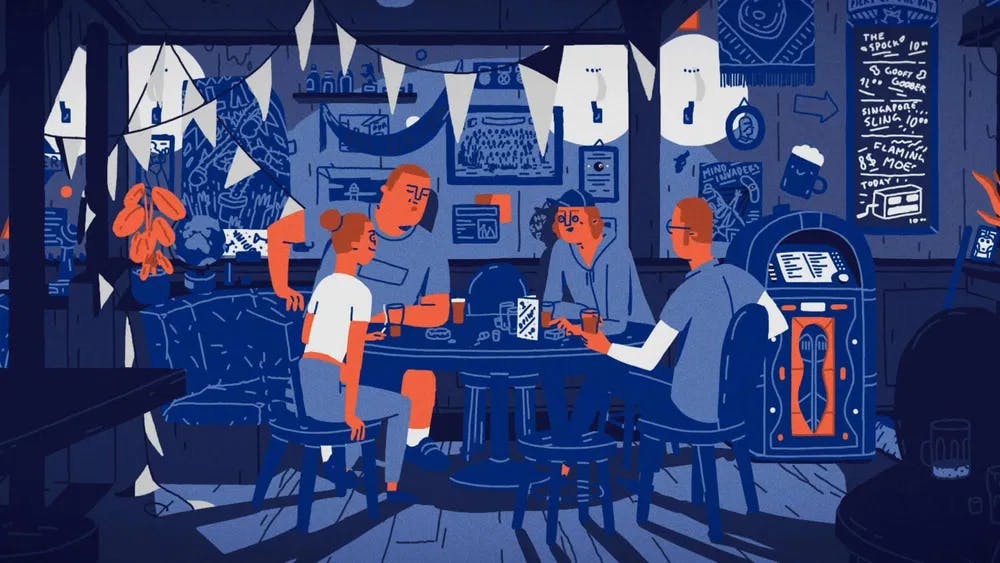
Frederic Siegel: Which image is that?
Benjamin Morard: The image of the man burning up. It was there pretty early and made it through to the final edit. We changed it so much through storyboarding, pre-production, and production, especially when we were storyboarding. But this image kept coming back and was there from the beginning.
Popflick: How do you arrive at the aesthetics of the movie? Did it come from that striking image or through trial and error?
Frederic Siegel: My graduation film inspired the style and the limited color palette. We decided from the start to work with a limited color palette of strong, expressive colors. But it took us a long time to decide on the colors themselves. We went through a lot of different palettes.
Popflick: And why did you end up with orange, blue, and white as your colors?
Frederic Siegel: I think it is a perfect mix of complementary colors. Usually, the space is blue and is considered a cold color. But in our film, blue is warm. It is a sign of coziness and the feeling you have when you are with your friends. And then, there is white, which is more clinical and cold. You see it a lot on Earth, in the control center. And the third color is orange, which is the clash between the warm and cold. And so every time something is going on in the image or the story, the orange color takes over.
Popflick: The Lonely Orbit is in dialogue with many classic science fiction films. What movies inspired you?
Frederic Siegel: Clearly, space movies like Interstellar (Christopher Nolan, 2014) and Gravity (Alfonso Cuarón, 2013). I was also really touched by their stories. For the first time, I realized you can make a space-set story very emotional and still have the wideness of space. Of course, 2001: A Space Odyssey (Stanley Kubrick, 1968) comes to mind, but it is more cold and clean.
Benjamin Morard: Gravity was an influence because of its floating camera style that it has all the time. We tried to mimic at least a little, but it is hard to reproduce. It was a challenge! You have this grounded camera when the movie is on Earth, and then you have this floating feeling when you are up in space.

Popflick: You contemplate the loneliness in our super-connected world, but you are not necessarily anti-technology. The satellite is sentient and feels equally lonely when the system crashes. How do you achieve that balance?
Frederic Siegel: I am happy you said this because we did not want to point fingers and denounce technology. We constantly ask ourselves this question. Also, with the ending: Does it feel positive? Does it feel negative? What do people take away from it? I do not know how we managed to do this. I think we always had our focus on how we did not want to make it feel not good. Technology is something we can not wish away. It is here, so we have to use it. Some parts may be sketchy, but they can be beautiful if used correctly.
Benjamin Morard: There were versions where we slipped into saying things would go wrong for humanity with more technology. But then we had to remind ourselves of what we wanted to do. To find our way to this positive final image, where they are kind of the same character, the man and the satellite, they merge into this one character with the same need.
Popflick: Does the lead character lose his job?
Benjamin Morard: We like to think that he quit!
- Watch indie movies online, like The Lonely Orbit, now streaming on Popflick. Siegel and Morard are working on a new project, set to premiere in 2024.
Watch “The Lonely Orbit”
A satellite technician suffers solitude and mindlessly commits a mistake with dire consequences in outer space.
Stream NowWant to get an email when we publish new content?
Subscribe today